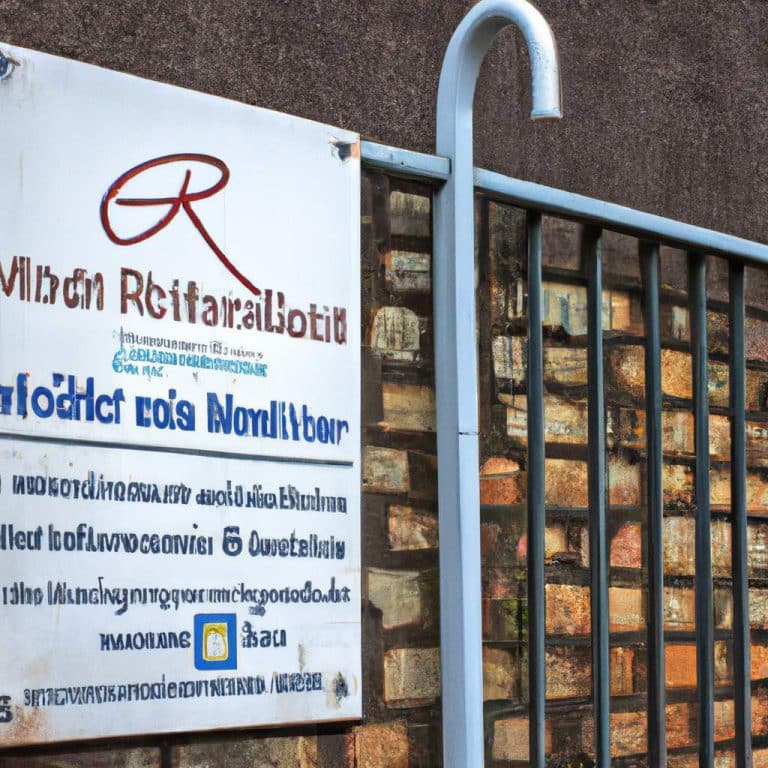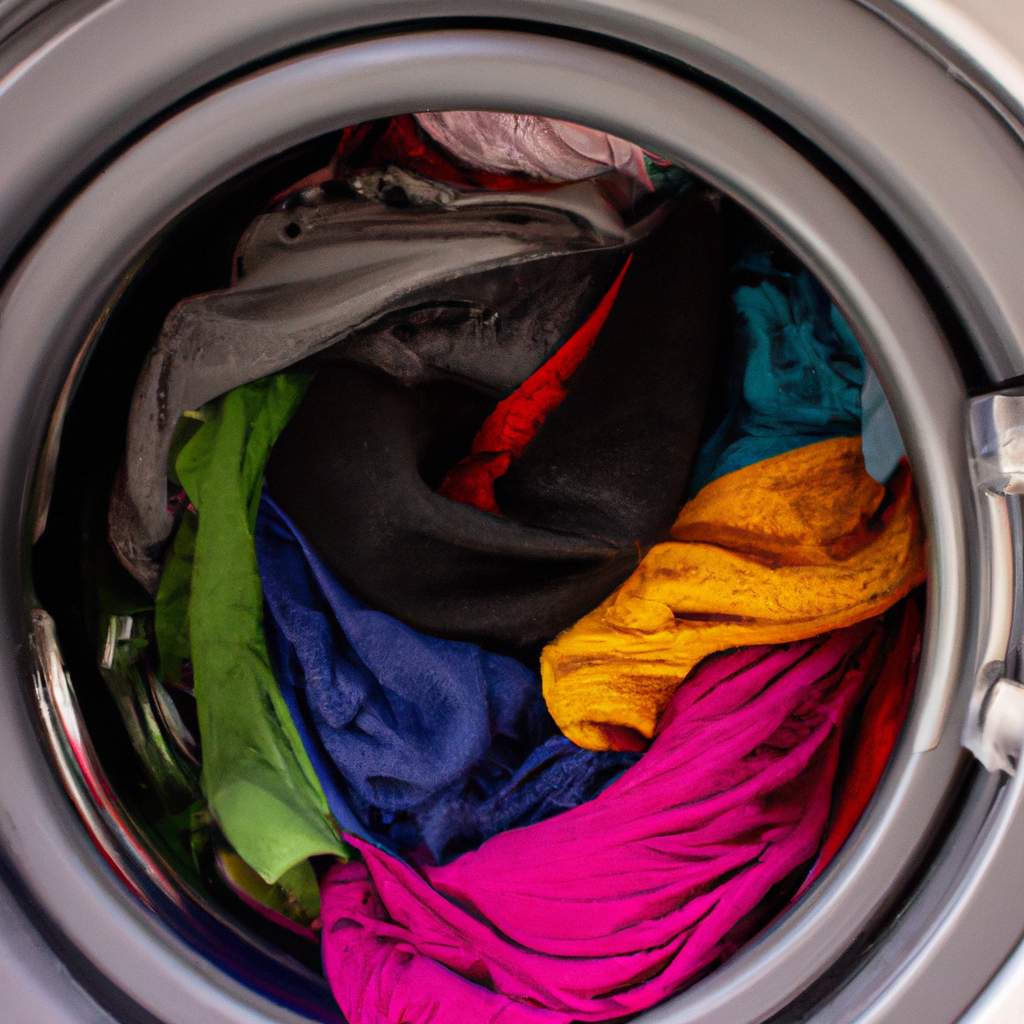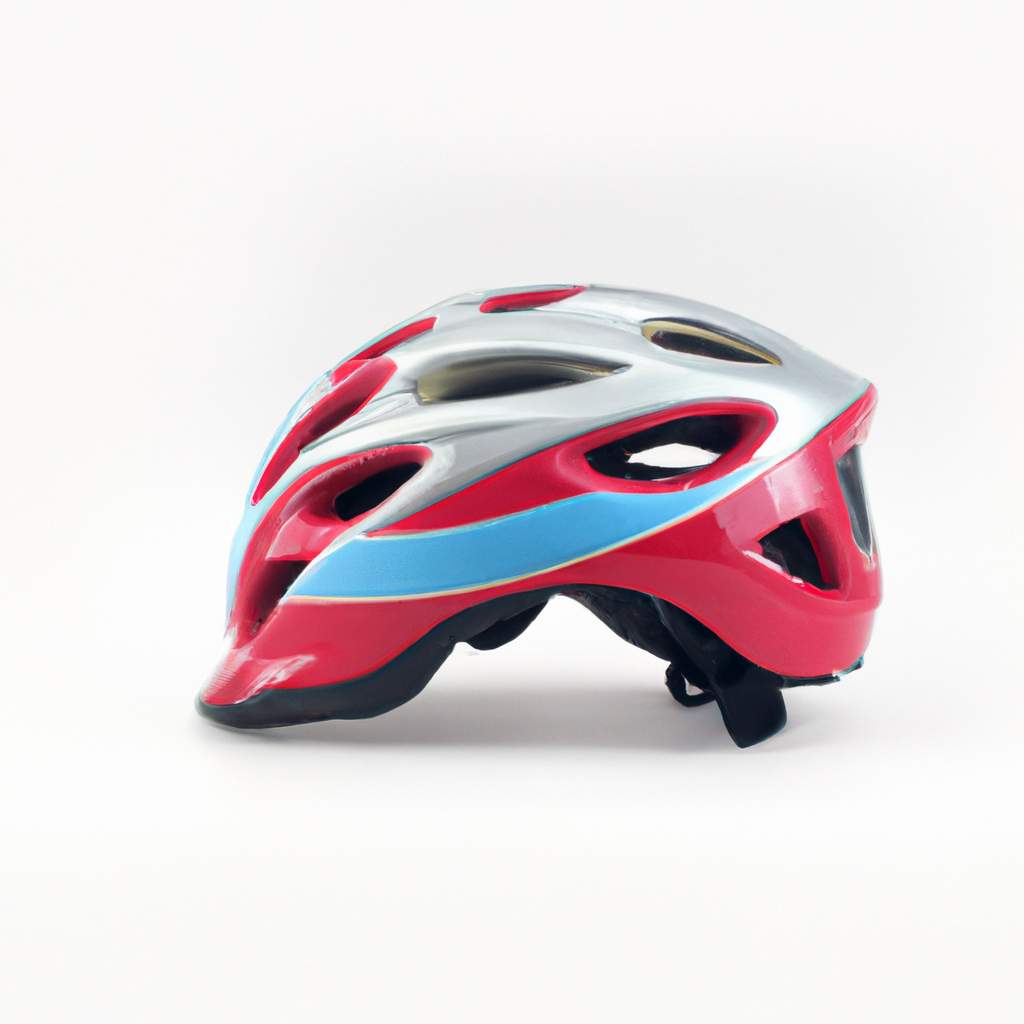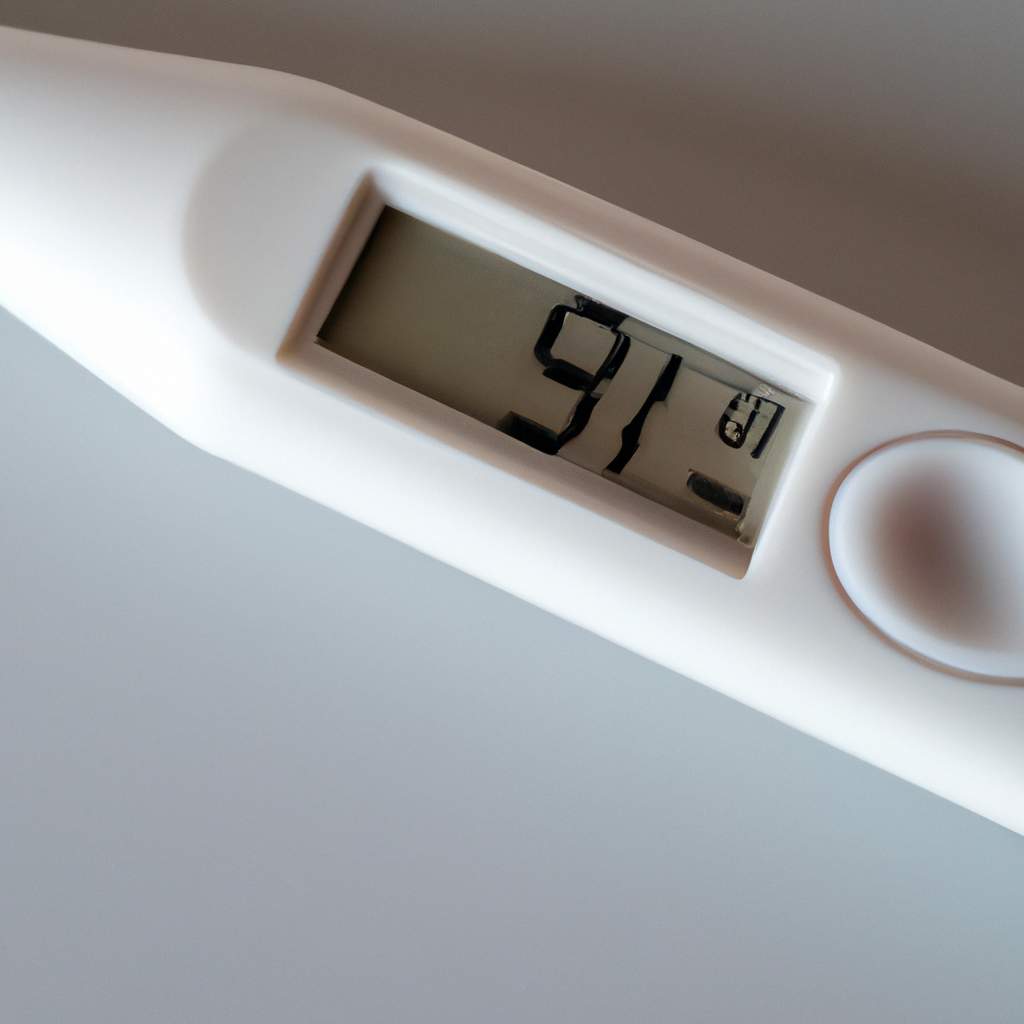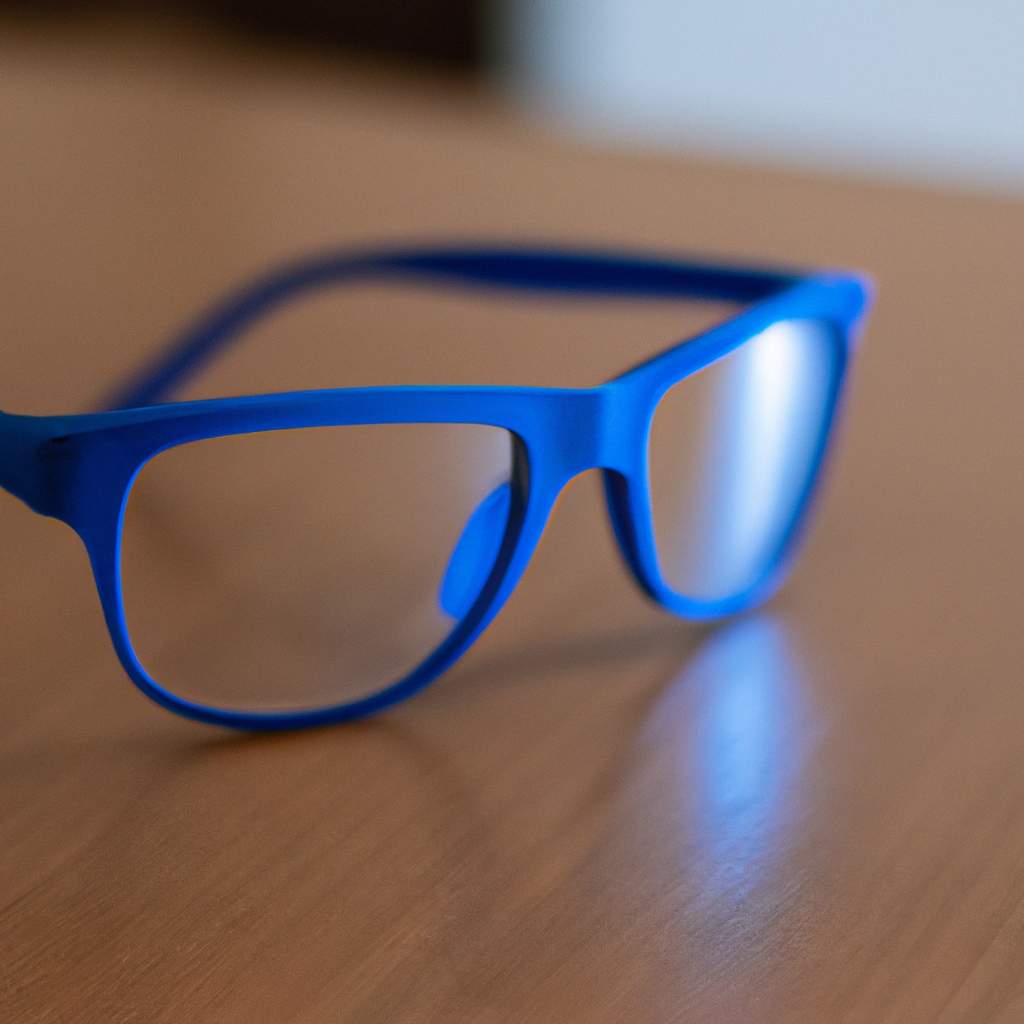As we age, we gradually lose autonomy and may struggle with everyday tasks such as dressing, bathing, and moving around. However, there are various solutions available to help address these difficulties faced by older adults.
Assistive Technology: Enhancing Autonomy for Seniors
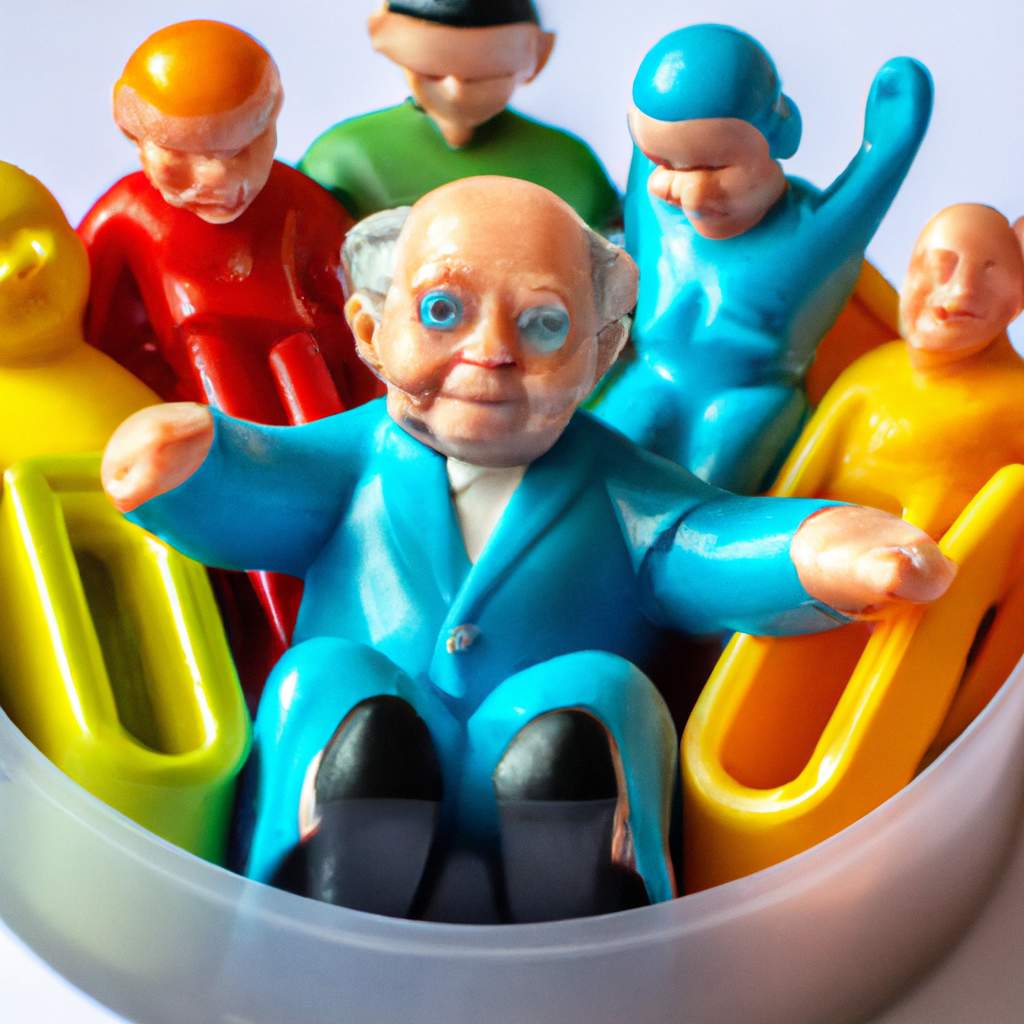
To maintain your independence, there are several improvements you can make at home. For example, if you have difficulty with personal hygiene, you can install lever faucets and use a wide and adjustable handle brush. You can also consider using a shower seat with a booster, a toothpaste dispenser, and other similar tools.
If mobility is an issue, you can use a cane, a stairlift, a walker, a patient lift, or a wheelchair. If you already have a manual wheelchair, you can enhance it by adding a removable and autonomous electric motorization device.
If dressing is challenging, you can use sock aids, dressing hooks, and opt for practical clothing with Velcro fasteners and elastic waistbands. If eating is difficult, consider using jar openers, key turners, vegetable brushes, spill-proof cups, thick-handled utensils, and plate guards.
For easy communication based on your capabilities, you can adopt a ringtone amplifier, a telecare system, or a landline phone with large buttons installed in each room of the house.
In short, there are various assistive devices available to help with different tasks. You can seek information from the National Solidarity Fund for Autonomy (CNSA) to determine which ones suit your needs. However, it is always advisable to consult a professional in the field or an occupational therapist before purchasing certain equipment or devices.
Alternative Forms of Assistance
If these technical aids are not enough for you, there are other solutions you can consider. One option is to renovate your house and adapt its structures to meet your needs and capabilities, in order to prevent accidents and facilitate your movements. If you don't have enough resources to make your house more accessible, you should know that the government and other organizations can help finance all or part of the accessibility renovations. For example, Anah can provide assistance for stairlift installation expenses.
You can also seek assistance from home care services, such as a housekeeper, nurse, night caregiver, or personal assistant. If staying at home is not suitable for you, you can choose temporary accommodation specifically designed for elderly individuals with reduced autonomy or a nursing home.
Currently, there are also establishments with specific structures that provide part-time care, for example only during the day, for elderly individuals or patients with reduced autonomy. Lastly, there are foster families, rental housing facilities, and service residences that have medical therapeutic units available.
(Source: adapted from https://www.silvereco.fr/perte-autonomie-que-faire/3199128).
